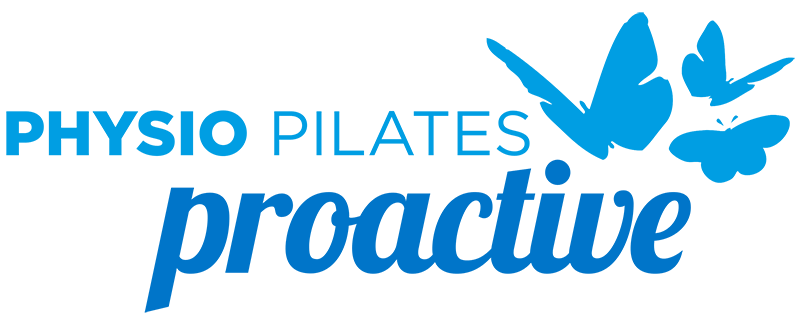With gyms, pools and club sport off the cards at the moment every man and his dog is lacing up their shoes and hitting the streets to stretch their legs.
Walking is a great form of cardiovascular exercise. It is reasonably low impact but still loads our bones and is a great way to clear ours heads.
Here are some tips to get the most out of your walking and avoid injury if you’ve recently increased the amount of walking you are doing:
1. Stretches
It’s important to stretch the big muscle groups of the legs. Particularly the calves, quadriceps, hamstrings and gluts. Hold each one for 30 seconds after you have finished your walk.
You might also like to stretch your back and arms forwards, backwards and side to side.
2. Avoid bursitis and tendonitis
Quickly increasing the amount of an activity you are doing (e.g. walking) can increase your chances of injury, particularly irritation to the bursa or tendons in the legs. Allow your body time to adjust to the increased (or change of) load with rest days or include a variety of exercises in your routine.
For example, strength exercises or cycling loads our muscles and tendons in different ways. Good footwear, suited to your bio-mechanics, will also help prevent injury.
3. Get your heart rate up
Aim to be able to talk (but not sing) while you are walking, then you know you are working hard enough to get the cardiovascular benefits of walking.
It’s easy to incorporate some hills/slopes if you are in the Adelaide Hills! There is no harm in mixing your week up with slower and fast walks on different days or vary your pace during your regular walk.
4. Strength
3-4 times a week do simple strength exercises either before or after your walk. This could include squats, calf raises, lunges and bridges. Do three sets of 10 reps of each one.
5. Track your progress
You might like to use a Fitbit, your phone, or apps like Strava to track your walking. Or simply time your regular walking route and then repeat this route 3-4 weeks later to see if you have improved your time.
If any aches or pains creep in while you are walking consult your physiotherapist for more specific advice.




